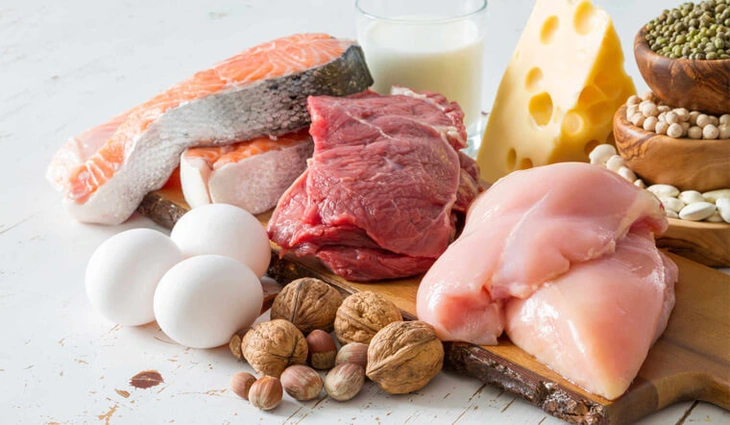
Red meat and eggs provide protein and are rich sources of zinc and heme iron - Illustration photo
According to Dr. Nhu Quynh - Department of Clinical Hematology, 108 Central Military Hospital, anemic patients are recommended to prioritize protein supplementation from animals. Foods of animal origin such as meat, poultry and seafood... in addition to high protein content are also a rich source of zinc and heme iron.
For patients with iron deficiency anemia, what should be used?
Some common, easy-to-find heme iron-rich foods that patients should eat:
Red meat
Red meat such as beef, lamb, buffalo, duck, goose... is one of the sources of high quality protein and is the food group that provides the most abundant amount of heme iron.
Liver and animal organs
Animal organs such as chicken liver, pig liver, etc. are also foods rich in iron. Note: when processing animal organs, clean and boil thoroughly to ensure all parasites are removed.
Seafood
Some types of fish such as tuna, salmon, mackerel, sardines, mackerel... are not only a valuable source of heme iron but also provide a beneficial combination of omega-3 fatty acids, vitamin B12 and vitamin D,... very good for the health of the cardiovascular system, immune system, nervous system...
Shellfish such as clams, oysters, scallops, and mussels should also be included in the menu.
Egg yolk
Eggs are also a good source of heme iron and many other nutrients such as protein, choline, vitamin D, and omega-3 fatty acids.
However, to ensure adequate iron supply for the body, you should combine foods that provide 2 groups of heme iron and non-heme iron in your diet.
In addition, with iron deficiency anemia, after examination and diagnosis, oral iron supplementation should be given as prescribed by a doctor.
Note the combination of foods related to the effectiveness of iron absorption such as eating more foods rich in vitamin C such as orange juice, lemon or oral vitamin C to increase iron absorption. Limit green tea, coffee, and calcium-rich milk because it reduces intestinal iron absorption.
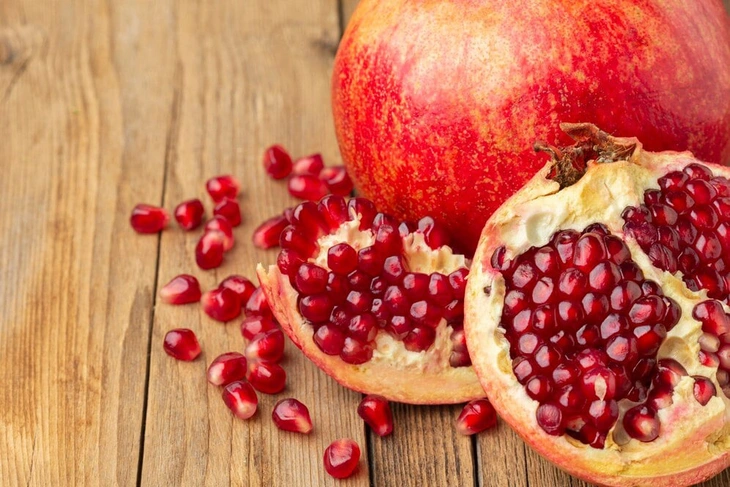
Pomegranate is one of the fruits recommended for people with anemia but excess iron - Illustration photo
For patients with iron overload anemia
Patients should choose foods containing non-heme iron (a type of iron that the body absorbs less well than heme iron, with an absorption rate of only 2-10%), mainly from plant sources such as: spinach, lentils, whole grains, broccoli, sweet potatoes, mushrooms.
Some food groups help reduce iron absorption into the body:
Phytate-rich food groups
Eating foods high in phytate such as beans; nuts; whole grains reduces the absorption of non-heme iron from plants. Thereby reducing the total amount of iron in the body.
Food groups rich in phosphorus
Phosphorus has the ability to inhibit the absorption of both heme and non-heme iron at very high concentrations. Typical food groups include meat, poultry, and fish. Other sources of phosphorus that do not contain much iron include dried fruit; whole grains; carbonated beverages; nuts; beans, and dairy products.
Food groups rich in tannic acid
Often found in some plants such as persimmon, tea, coffee, pomegranate, etc. Therefore, patients should use foods rich in tannic acid right after meals to reduce iron absorption.
In addition to tea and coffee, some other drinks containing tannic acid are fruit juice; berries; blueberries which will reduce the absorption of iron in the body.
Source: https://tuoitre.vn/nguoi-thieu-mau-bo-sung-the-nao-qua-bua-an-20250428204416143.htm


![[Photo] Chinese, Lao, and Cambodian troops participate in the parade to celebrate the 50th anniversary of the Liberation of the South and National Reunification Day](https://vphoto.vietnam.vn/thumb/1200x675/vietnam/resource/IMAGE/2025/4/30/30d2204b414549cfb5dc784544a72dee)

![[Photo] The parade took to the streets, walking among the arms of tens of thousands of people.](https://vphoto.vietnam.vn/thumb/1200x675/vietnam/resource/IMAGE/2025/4/30/180ec64521094c87bdb5a983ff1a30a4)

![[Photo] Cultural, sports and media bloc at the 50th Anniversary of Southern Liberation and National Reunification Day](https://vphoto.vietnam.vn/thumb/1200x675/vietnam/resource/IMAGE/2025/4/30/8a22f876e8d24890be2ae3d88c9b201c)

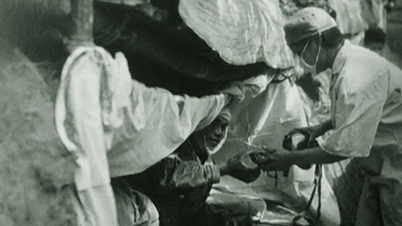

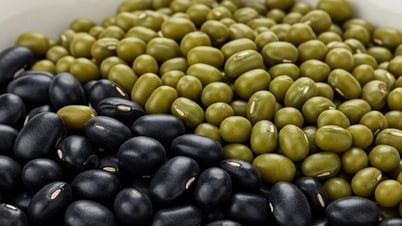

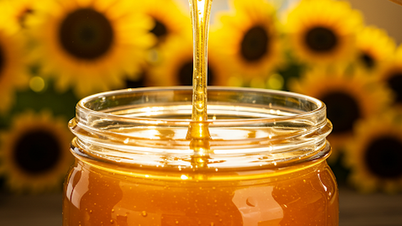
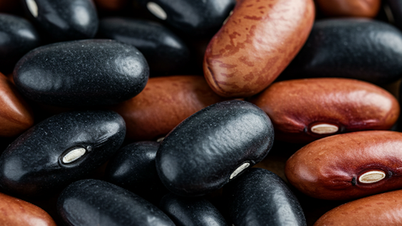




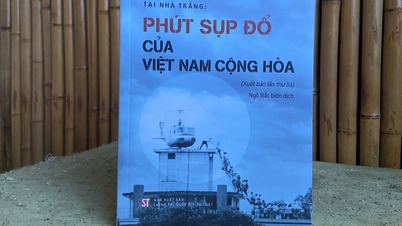





![[Photo] Performance of the Air Force Squadron at the 50th Anniversary of the Liberation of the South and National Reunification Day](https://vphoto.vietnam.vn/thumb/1200x675/vietnam/resource/IMAGE/2025/4/30/cb781ed625fc4774bb82982d31bead1e)





































































Comment (0)